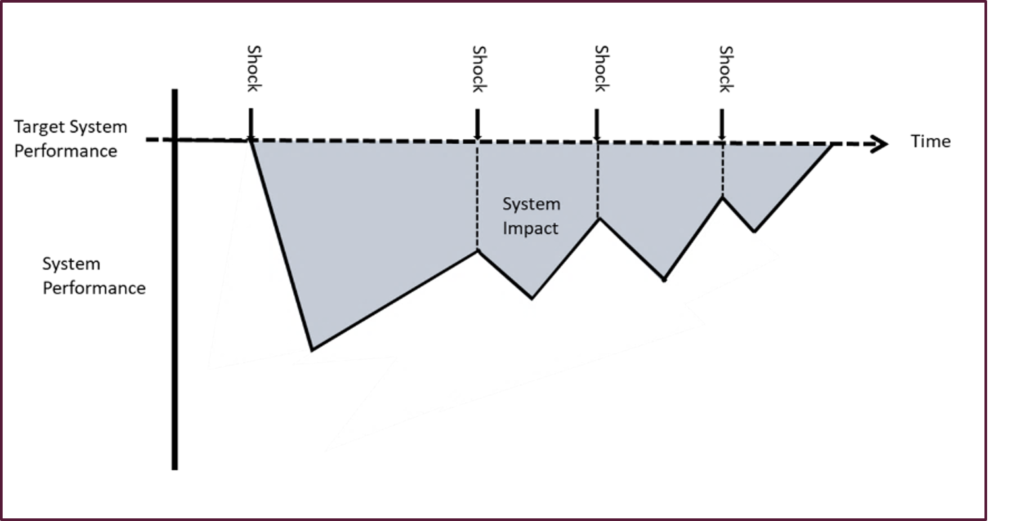Uncovering challenges in maintaining the operational performance of public service systems during long-term disasters
Abstract
Systems may experience consecutive shocks resulting from multiple sudden onset events or a single long-term event. Multiple and related shocks from such disasters can be broad, multi-faceted and pervasive. These shocks result in a variety of disruptions to the underlying activities of the community, and they tend to have the largest effect on vulnerable populations. With these in mind, this study explores how a public service system is affected by a long-term disaster, given that citizens seek municipal services in varying types and volumes due to pre-existing vulnerabilities and the changing severity of the disaster over time. Understanding the varying needs of communities that rely on government services helps decision-makers allocate limited resources properly during crises to maintain effective and equitable service provision across the region. This study analyzes a large-scale publicly available data set from New York City and examines the impacts on municipal service provision during COVID-19 pandemic—a specific instance of a prolonged disaster causing extensive disruptions in public systems’ functionality.
Key words: Public service systems, 311, Non-emergency services, Time Series Regression, Resilience
